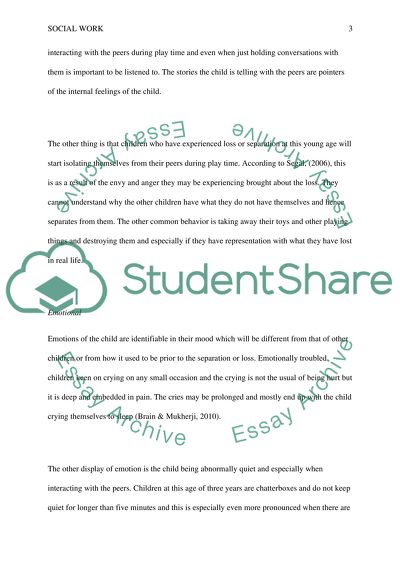Cite this document
(“Essay Example | Topics and Well Written Essays - 1000 words - 137”, n.d.)
Retrieved from https://studentshare.org/psychology/1691553-essay
Retrieved from https://studentshare.org/psychology/1691553-essay
(Essay Example | Topics and Well Written Essays - 1000 Words - 137)
https://studentshare.org/psychology/1691553-essay.
https://studentshare.org/psychology/1691553-essay.
“Essay Example | Topics and Well Written Essays - 1000 Words - 137”, n.d. https://studentshare.org/psychology/1691553-essay.


